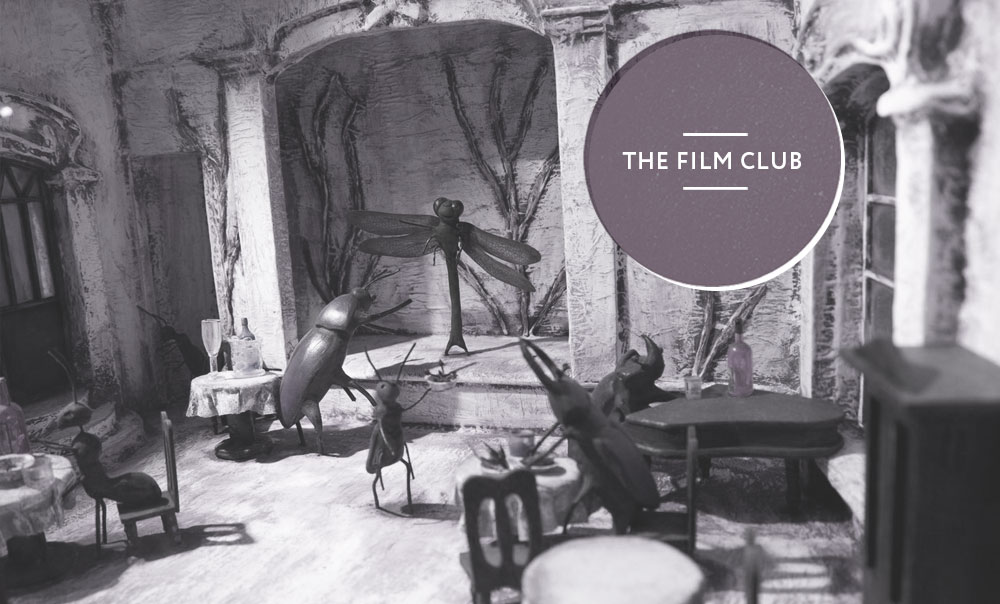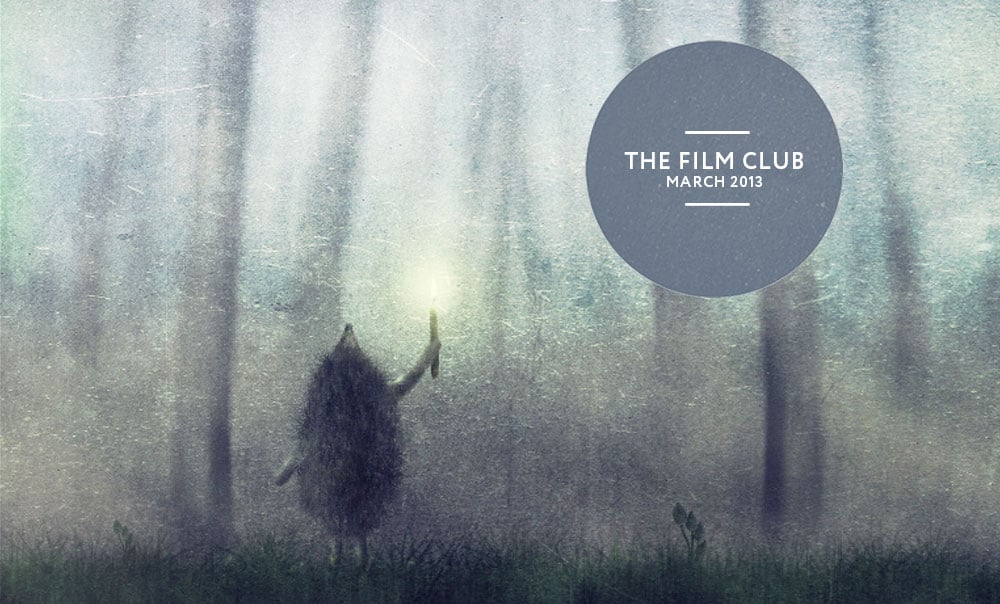The film club: The Cameraman’s Revenge

Vladislav Starevich made his first animation more than 100 years ago. But even today, directors such as Wes Anderson, Terry Gilliam and John Lasseter cite his influence on their work
The Film Club is a homage to cinema. Every month the team at The Calvert Journal selects a favourite Russian movie, from a classic of Soviet cinema or a groundbreaking documentary to the latest short by a new young director. Lights down please.
The Cameraman’s Revenge (1911) is a highly surreal 13-minute stop motion animation that masterfully uses insects as puppets to tell a story of infidelity and hypocrisy. Director Vladislav Starevich’s parody of early Russian cinema follows Mr and Mrs Zhukov, a beetle couple, as they both engage in extramarital affairs. To his consternation, Mr Zhukov’s tryst with a dragonfly dancer is secretly filmed and later broadcast at the local cinema by his love rival, the grasshopper. Through the film, Starevich makes full use of early movie conventions such as slapstick fight scenes, for comic effect.
Starevich was born in Moscow in 1882 to Polish-Lithuanian parents but later moved to Lithuania, then part of the Russian Empire. (His multicultural background and country-hopping career are reflected in a variety of different spellings of his name.) It was during his time as director of the Natural History Museum in Lithuania in 1910 that he discovered the use of stop-motion animation using insects as puppets. The following year, he returned to Moscow where he created a series of highly acclaimed animations including The Beautiful Leukanida (1912) and The Night Before Christmas (1913) based on Nikolai Gogol’s book of the same name.
During the Civil War, Starevich fled Moscow through the Crimea and Italy, eventually settling among the Russian emigré community of Paris. He died in 1965. Today animators and directors regularly cite him as an inspiration. In 2001, Terry Gilliam selected Starevich’s The Mascot (1933) as one of the 10 best animated films of all time while both Wes Anderson and John Lasseter have paid tribute to his influence on their work.
